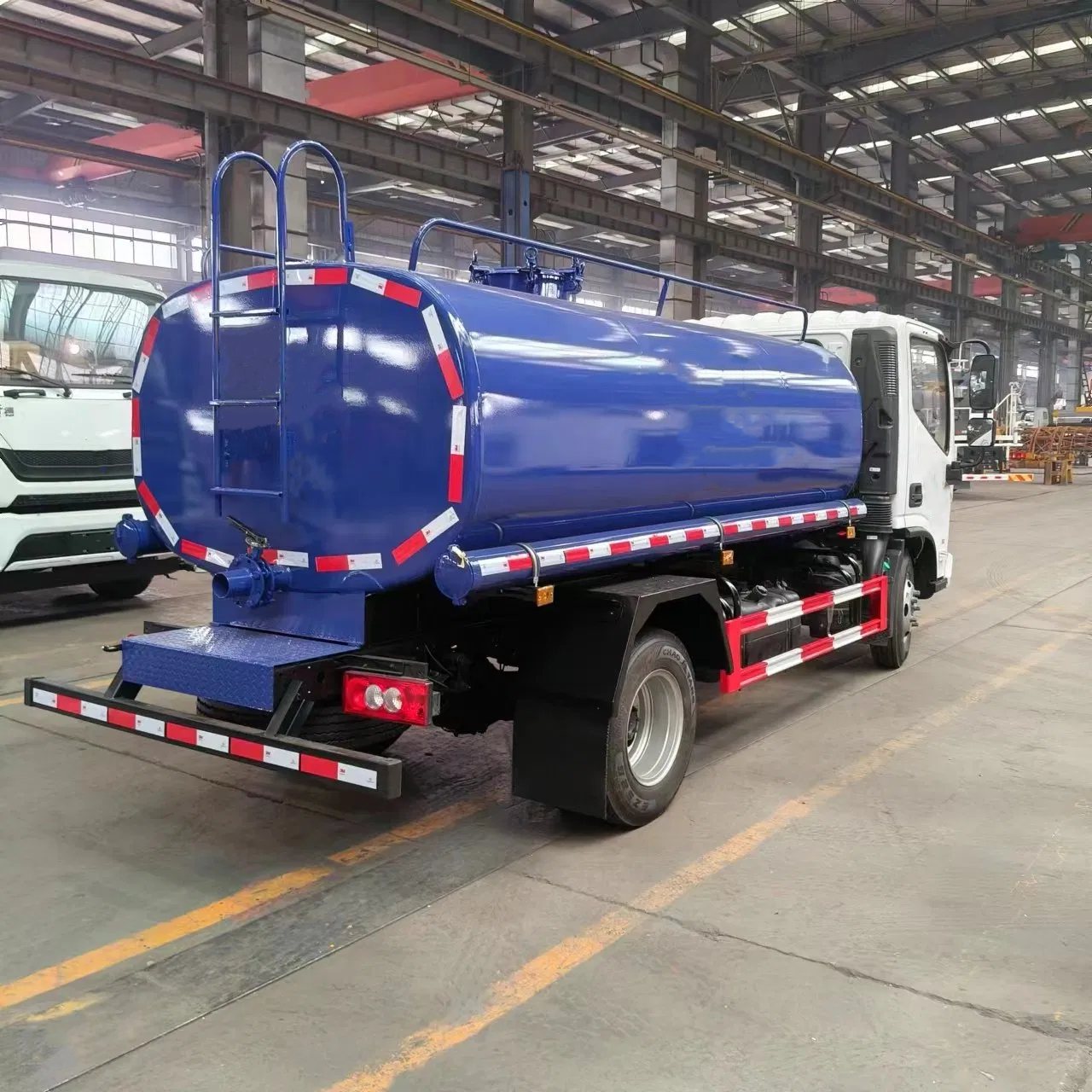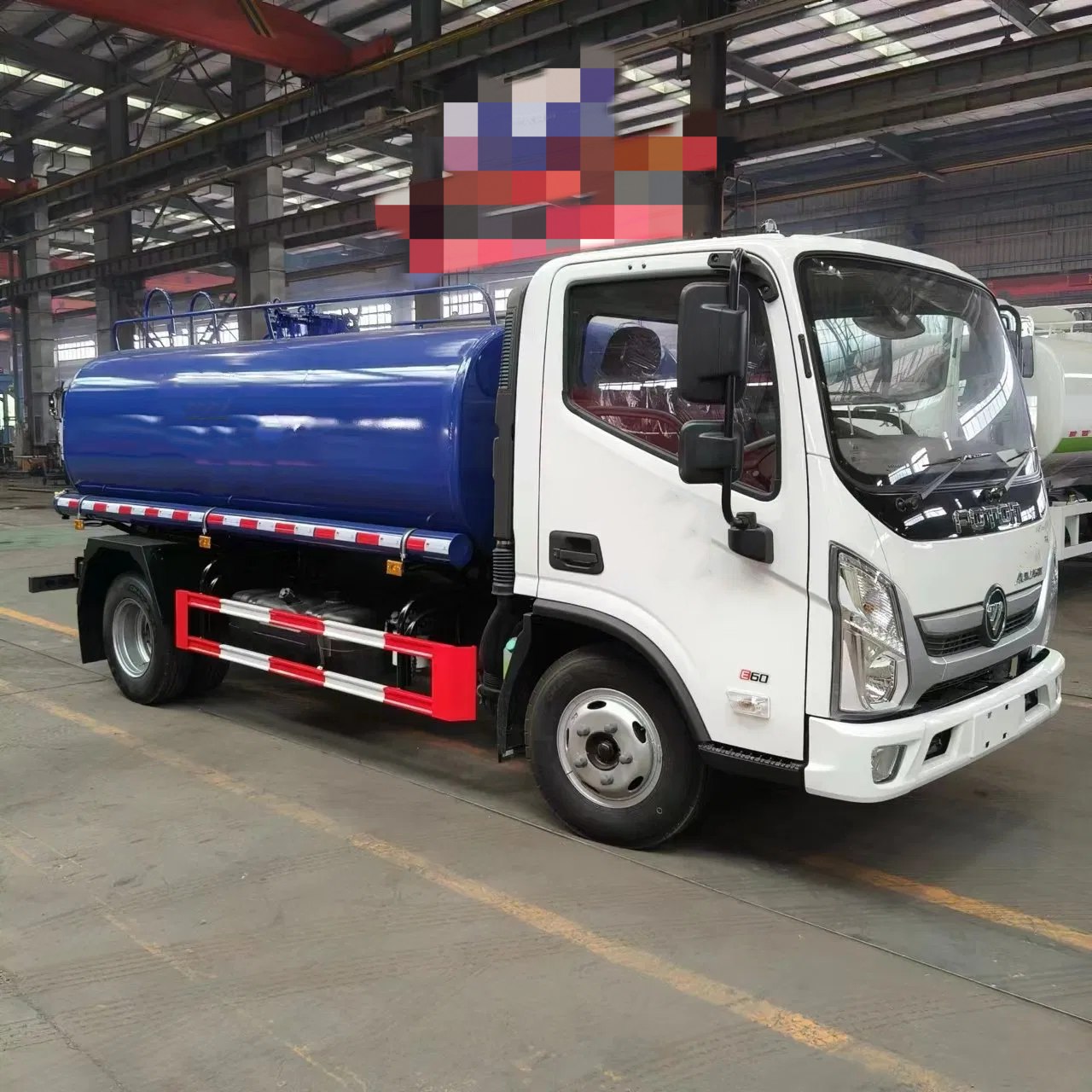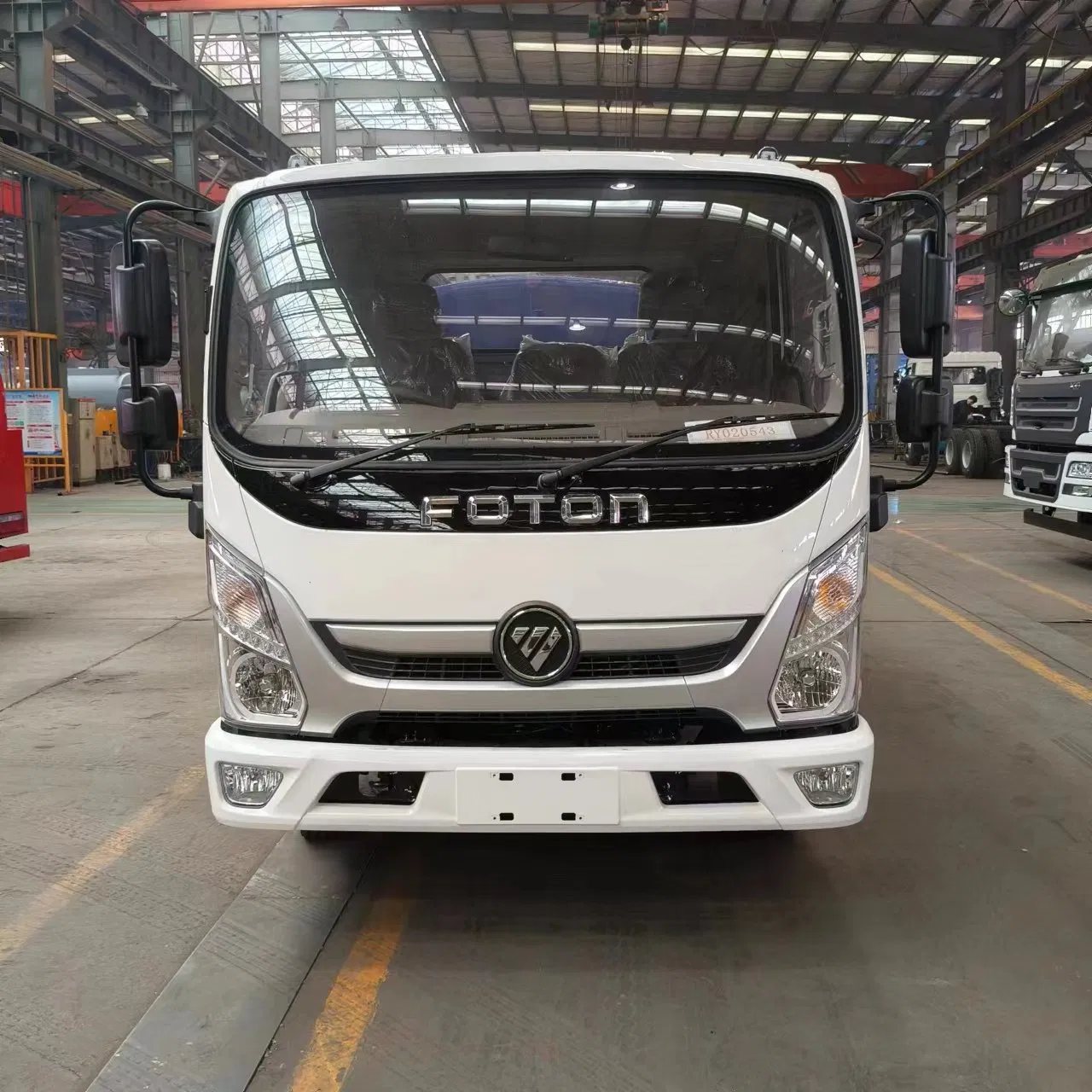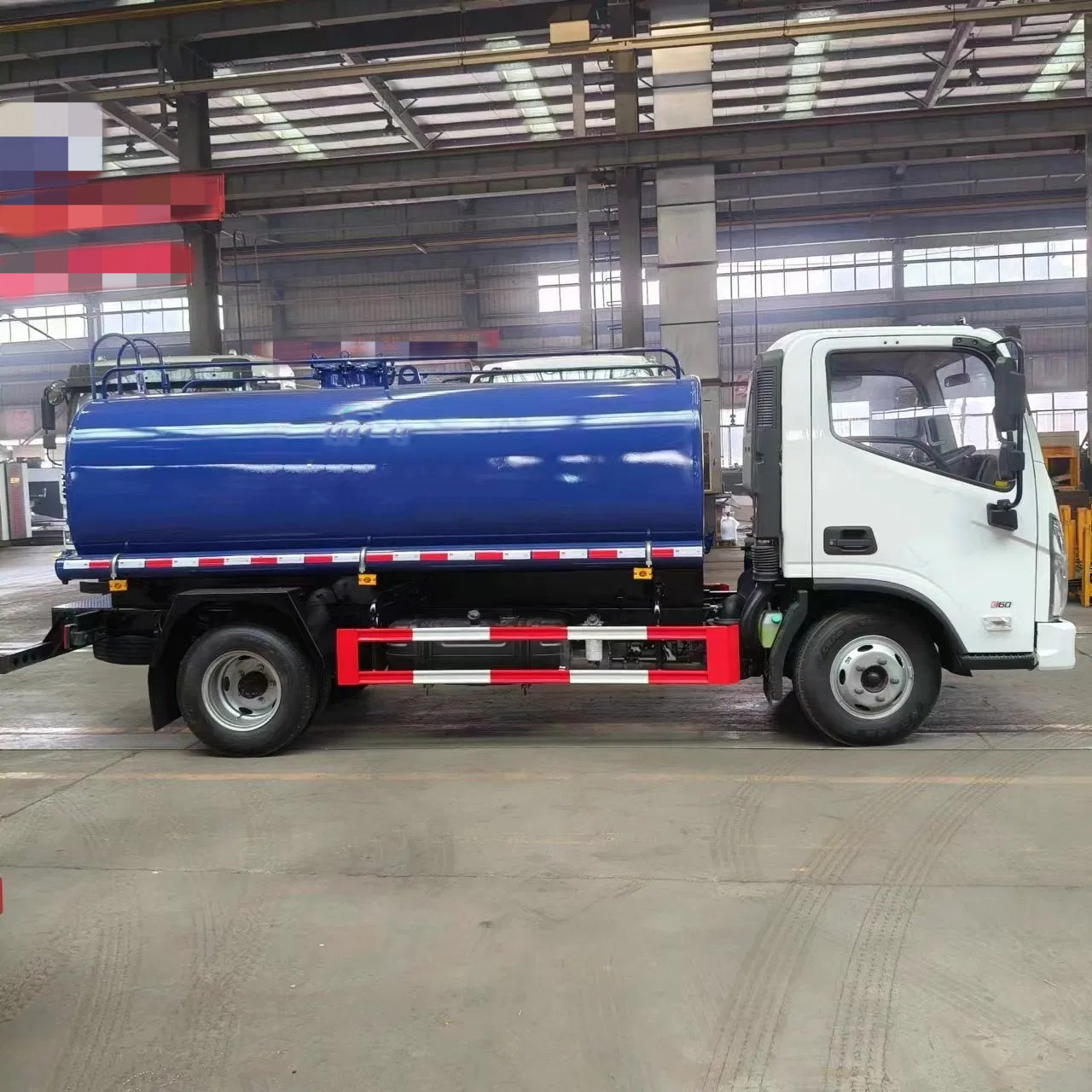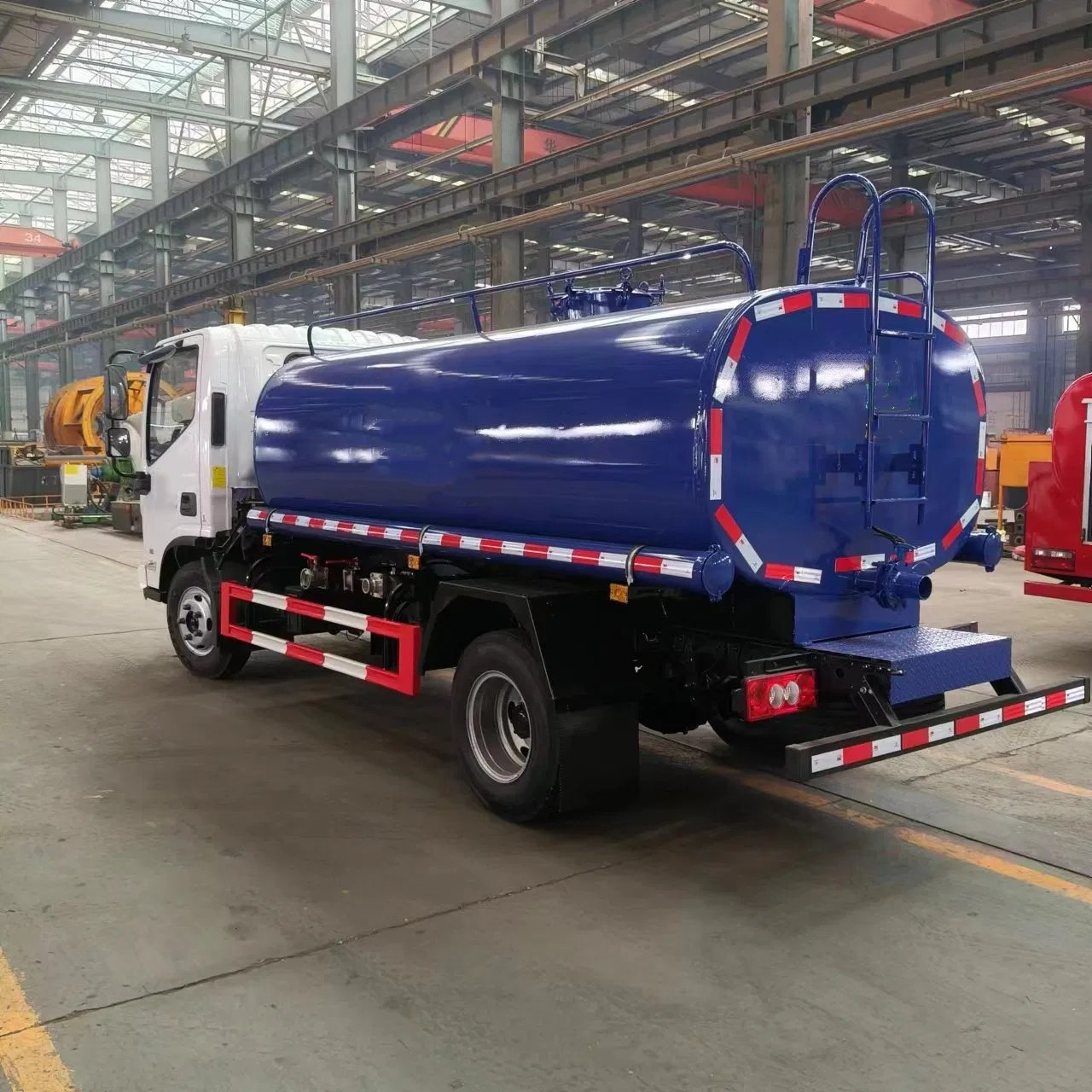Oil tanker trucks are a critical component of the petroleum supply chain, responsible for transporting refined oil products, such as gasoline, diesel, kerosene, and lubricants, from refineries and storage terminals to gas stations, industrial sites, and commercial customers. These trucks are designed for maximum efficiency, safety, and regulatory compliance. One of the most common questions from those unfamiliar with the industry is: How big is an oil tanker truck? The answer depends on several variables, including the type of truck, its configuration, regional regulations, and the kind of product it carries.
This article explores the dimensions, capacity, and classifications of oil tanker trucks, offering a comprehensive understanding of their scale and utility.
1. General Overview of Oil Tanker Trucks
An oil tanker truck is a specialized vehicle equipped with a cylindrical tank mounted on a chassis. These trucks are engineered to carry large volumes of liquid petroleum products safely and efficiently. They come in various sizes and capacities, ranging from small urban delivery vehicles to massive highway haulers.
The design of these tankers accounts for factors such as:
- The type of petroleum product transported
- Distance traveled
- Roadway constraints
- Loading and unloading mechanisms
- Safety regulations
2. Size and Capacity: A Range of Specifications
There isn’t a one-size-fits-all answer to how big an oil tanker truck is. Let’s break it down into categories based on size and capacity:
a. Small Tanker Trucks (Light-Duty)
- Capacity: 1,000 to 3,000 gallons (approximately 3,800 to 11,400 liters)
- Length: 20 to 26 feet (6 to 8 meters)
- Use Case: Ideal for urban and suburban areas, especially where roads are narrow or where smaller quantities of fuel are needed. Often used for home heating oil delivery or small commercial sites.
b. Medium Tanker Trucks (Medium-Duty)
- Capacity: 3,000 to 5,000 gallons (11,400 to 19,000 liters)
- Length: 26 to 35 feet (8 to 11 meters)
- Use Case: Common for regional fuel deliveries. These trucks balance capacity with maneuverability, making them suitable for both city and rural applications.
c. Large Tanker Trucks (Heavy-Duty, Semi-Trailer Type)
- Capacity: 5,500 to 11,600 gallons (20,800 to 44,000 liters)
- Length: 40 to 53 feet (12 to 16 meters)
- Use Case: These are long-haul trucks, typically used to transport fuel over long distances between refineries, terminals, and large-scale fuel stations. The 11,600-gallon tankers are often composed of multiple compartments for carrying different fuels simultaneously.
3. Tank Configuration and Compartments
Large oil tanker trucks usually have multiple compartments inside the tank. These compartments serve several purposes:
- Preventing a liquid surge while driving
- Allowing multiple products (e.g., diesel and gasoline) to be transported in a single trip
- Enhancing delivery flexibility
For example, an 11,000-gallon tanker might have 4 to 6 compartments, each holding between 1,500 to 3,000 gallons. These internal baffles and dividers help maintain vehicle stability and reduce the risk of rollovers due to sloshing.
4. Weight and Axle Load Considerations
Aside from size and volume, gross vehicle weight (GVW) is a major consideration in determining the scale of an oil tanker truck.
- Empty weight: A fully assembled semi-trailer tanker truck can weigh 30,000 to 40,000 pounds (13,600 to 18,100 kg) when empty.
- Fully loaded weight: With fuel, it can weigh up to 80,000 pounds (36,300 kg), which is the legal limit in many U.S. jurisdictions for 5-axle configurations.
European and Australian standards sometimes allow heavier trucks, often with more axles or different trailer types like B-double or road train combinations, which can exceed 100,000 pounds (45,000 kg).
5. Materials and Construction
The tanks of oil tanker trucks are usually constructed from materials like:
- Aluminum alloy: Lightweight, corrosion-resistant, and ideal for petroleum fuels.
- Stainless steel: Used when transporting more corrosive or high-purity liquids.
- Carbon steel: Less common today, but still used for specific industrial applications.
The outer dimensions of the tanks are designed to comply with road regulations concerning width (generally under 8.5 feet or 2.6 meters) and height (typically under 13.5 feet or 4.1 meters).
6. Regional Variations in Tanker Size
Oil tanker truck sizes differ based on country and road laws:
United States and Canada
- Maximum legal length for a semi-truck: 53 feet (16.15 meters)
- Maximum weight: 80,000 pounds (36,300 kg)
- Common configurations: 5-axle tractor-trailer setups
Europe
- Tanker trucks tend to be shorter due to stricter length regulations.
- B-doubles and drawbar combinations allow extended capacity within legal limits.
- Weight limits vary by country but are often around 40 to 44 metric tons.
Australia
- Uses some of the longest tanker combinations, such as road trains.
- A single road train can carry over 100,000 liters (26,400 gallons) across long distances in the outback.
7. Safety and Regulations
Due to the hazardous nature of petroleum products, oil tanker trucks must adhere to strict safety standards:
- DOT regulations (in the U.S.)
- ADR (Accord Dangerous Routier) compliance in Europe
- Anti-rollover technology and surge control
- Emergency shut-off valves
- Reflective striping and hazard placards
These safety features indirectly affect the size and design of the tankers, sometimes adding bulk or limiting volume in favor of better balance and crash resistance.
8. Conclusion: Size with Purpose
So, how big is an oil tanker truck? The answer varies depending on the needs it serves:
- A small tanker might be about 20 feet long with a 2,000-gallon capacity.
- A typical large semi-trailer oil tanker is about 50 feet long and holds up to 11,600 gallons.
- Some special configurations, like road trains in Australia, can carry many times more.
Understanding the size of an oil tanker truck is not just a matter of measuring its length or capacity. It involves appreciating its engineering design, road regulations, and the vital role it plays in fueling modern economies. These machines are built not just to be large, but to be safe, efficient, and reliable in the transportation of a critical resource.
